#Ēostre/Ostara
Text

Daily Painting
Artist Unknown
THE LORD AND SAVIOR OF AMERICAN CHRISTIANS - DONALD J. TRUMP, KING OF THE THIEVES
#American christians#christian beliefs#daily painting#Easter#Easter Sunday#Ēostre#fake christians#Fuckstick von Clownface#Happy Easter#idol worship#lord and savior#MAGA#MAGAts#Ostara#Spring Equinox
7 notes
·
View notes
Text
Ostara/Ēostre: The Spring Equinox and The Sun Goddess Héwsōs.
The Spring Equinox like many other Solar and Lunar events, was a significant marker as to the passage of time for the Northern tribes. On this day the sun rises and sets directly from east to west in the Northern hemisphere, marking a significant change in weather as summer quickly approaches and the sun begins to thaw the frozen ground. The deity associated with the Spring Equinox is now commonly referred to as Ostara or Ēostre, this was not always the case though.
Saint Bede of the seventh century was the first to make a written account of the Goddess Ēostre, where he states Pagan Anglo-Saxons held feasts in her honour during the month of Ēosturmōnaþ, the Germanic equivalent of April. For the Germanic tribes this event was to signify the beginning of the summer half of their year, for the Norse this would kick off the last month of winter, Einmánuður. Sources tend to agree that in both cases a Goddess by the name of Ostara or Ēostre was hailed during these months, representative of the sun and the essence of Spring, however this deity seems to be largely absent from Norse mythology barring Idunn who has only recently been associated with the spring season.
The Goddess Ēostre seems to be based on the Proto-Indo-European Héwsōs, meaning 'the Dawn', who scholars agree was the inspiration behind similar deities such as the Greek Eos and the Roman Aurora. Due to the consistency of her characterization she is considered one of the most important deities worshipped by the Proto-Indo-European people, and this firmly suggests an importance in Norse faith as well. The significance of spring flowers is also consistent throughout the worship of Héwsōs, with an emphasis on the colours blue, purple, and yellow which were considered sacred to the spring season by the Nordic, as well as some Western Germanic tribes; be for the colours of spring flowers or the colour of the sunrise itself this seems to be the same for many of the deities inspired by Héwsōs.
#pagan#paganism#forn sidr#asatru#ancestry#germanic#heritage#lineage#history#spring equinox#Indo-European#Proto-Indo-European#religion#faith#spirituality#Easter#Ēostre#Ostara#Héwsōs
4 notes
·
View notes
Text
Ostara, The Beginning of Spring:
Deities:
Brigid
Celtic
Goddess of fire, the home, and the end of Winter.
Her holiday is technically Imbolc, but I felt the need to add her because she is, in fact, a spring goddess
Ēostre/Ostara
Anglo-saxon/Germanic
Goddess of Spring
This is her holiday, as it was named after her. There are myths about her spanning from Germany to England.
Persephone
Greek
Goddess of Spring and the Queen of the Underworld.
Her celebration of the return to the overworld is April 3rd.
Flora
Roman
Goddess of flowers and the season of Spring
Jarylo
Slavic
God of vegetation, fertility, and springtime
He is called many different things depending on the country he is being spoken about in.
Eiar
Old Greek
Hora of Spring
A hora is the goddess of a season.
Crystals of Spring:
Emerald
Known for its calming nature, bright green color, and the rest it takes to get an emerald shiny.
May’s birthstone and a gemstone associated with Mercury.
Aquamarine
A stone of rebirth, peace, and wisdom
March’s birthstone and a gemstone associated with Saturn
Moss Agate
A stone known for its connection with Earth, confidence, and creativity.
Moss agate is a stone of the Moon and of Earth.
Green Aventurine
A stone of wellness, prosperity, and abundance.
Associated with Venus
Golden Apatite
A self help stone that boosts creativity, confidence, and manifestation.
This stone is associated with Mercury
Herbs of Spring:
Chervil
Chives
Dill
Lemongrass
Lime leaf
Mint
Marjoram
Oregano
Parsley
Rosemary
Tarragon
Thyme
#ostara#spring#witchcraft#witch#witchblr#witches#baby witch#spring equinox#wheel of the year#green witch
472 notes
·
View notes
Text




Deities & Demons: Ostara and the Dawn
THE DAWN
Ostara, Ēostre who stemmed from Astarte is both an Ancient Germanic Goddess and one of the eight Neopagan Sabbats which make up the Pagan Wheel of the Year. The Sabbat, or Holiday celebrates the re-birth of Spring after the barren winter season. The face of the Goddess Ostara is the Virginal Maiden of Spring, the smiling celestial crescent, emerging in the sky from the black horizon of winter.
One must imagine the ancient European Winters to truly appreciate the return of this gentle fertility Goddess. To get through the barren season, families would store grains, nuts, dried meats and herbs for their survival. This preserved prosperity directly from the land equated with the sustaining of life when external conditions i.e. weather did not support it. Ēostre emerges from the rich Pagan canon of deities who came about when survival truly depended on the fertility and abundance of the land and humanitie’s harmonious relationship with it. She is and was and is a Goddess of the People, the Workers, the Creators, the Stargazers, and the Bacchanalian Merry makers. Now more than ever, in our modern age of convenience, and urban aversion to the laws of Nature’s Cyclic cornucopia, do we need the return of an abundant feminine force.
Even in modern astrology, the wheel of the zodiac starts with Aries, which correlates to March (the Sun enters Aries around the Equinox).
This means that you can think of March as a new beginning, too. If your year hasn’t started on the right footing, if you feel like you’re already behind, if you need some of that New Year energy again, here it is for you. Take it!
Ostara ☀️
Talon Abraxas
59 notes
·
View notes
Text
Will it fit?
Hermione stood in front of the mirror nervously smoothing the pleats of her dress, a floaty, ephemeral thing hitting just above the knees that Luna insisted appropriately fit the pagan holiday. Hermione had never been one for celebrating anything aside from birthdays, Christmas, and New Year’s, but ever since entering the Wizarding world she found herself on a treadmill of festivals and holidays almost every month of the year. This time, it was Ēostre, or Ostara, or Easter, whatever you preferred to call it. It was one of a handful of celebrations of spring.
This year, rather than celebrating at one another’s homes like usual, their friends had opted to sign up for the Ministry-sponsored event. Guests were invited to frolic in fields and plant literal seeds for harvesting produce later in the season. A feast would follow that same evening under the ceiling of the night sky. It all seemed terribly whimsical and romantic, and normally Hermione would be excited if not for one more pesky detail.
In addition to the event signup was an optional service: matchmaking. And of course, her friends scribbled her name down for both.
So what if it had been months since her last romantic relationship? She was perfectly pleased with her life at the moment. Her days consisted of work, meals, reading, and evening walks. She even included socialization with semi-weekly trivia at the Leaky Cauldron and Flourish and Blotts’ monthly book club meetings.
It was with irritation and swiftly growing horror that Hermione discovered not only was she to attend the silly Ēostre event, and she would do so with a blind date. Pairs were provided with thin golden arm bands that slipped over the elbow and twinkled with a color matching only one other. Hermione’s armlet sparkled white gold.
“Does it fit?” Luna’s head poked into the washroom where she continued to examine herself.
Gesturing to the band that magically sized to fit snugly around her bicep, Hermione nodded. “Unfortunately, yes. Let’s hope whoever I end up with fits just as well.”
“Oh, you needn’t worry about that. The matches include compatibility charms,” chirped Luna, as she braided small white blossoms into Hermione’s curls.
“Compatibility…charms? Is that even legal?”
She tittered as she waved a wand over her handiwork, ensuring Hermione’s hair and makeup would stay in place for several hours. “Yes. It doesn't affect your choices or anything sinister like that. Just points you in a promising direction and lets you figure out the rest.”
“Hmph. Well I suppose I could use the help given my poor choice in partners.”
“Your last one wasn’t that bad, Hermione, and Oliver was definitely worth the time.” Hermione blushed at Luna’s knowing wink. Oliver certainly did give her some delicious memories, and their breakup was friendly enough given the circumstances. “No more dilly-dallying! It’s time to go.”
Slipping on a pair of leather Grecian sandals and taking one more peek in the mirror, Hermione took a deep breath and tried to smile. Compatible sounded like a good thing, didn’t it?
***
“Oh, my god.”
Draco Malfoy stood frozen in front of her in a similar state of shock. An identical arm band fit around his arm. He cut a fine figure, if she was being honest with herself, in his cerulean chinos and tailored white oxford, sleeves rolled up to bare his muscled forearms with prominent veins cording the length of them. Shaking his head as if waking himself from a trance, he stepped closer to wave his hand over her arm. The resulting pulse of light confirmed their suspicions.
“Uh…” Could she be any less dull-witted? Where were the words that usually flowed out of her mouth like a bloody flood? Her mouth clicked shut—hanging open earlier like an imbecile—when he lifted his elbow to offer an escort.
“You look lovely, Hermione. It would be my pleasure to accompany you.”
Her tongue loosened at last. “Malf—Draco. What a…pleasant surprise.”
He smirked at her obvious difficulty at pleasantries.
“I would have never expected you of all people to require matchmaking.”
“Yes, well, I suspect we both have well meaning, meddlesome friends.”
She had to share a smile at that.
It wasn’t that she loathed Draco Malfoy. Quite far from it, actually. She had definitely noticed him over the years as their circles occasionally bumped and overlapped. First it was the occasional work collaboration, then it was friends dating. The formerly thin and haunted young man filled out, his eyes lightening and gaining confidence. He was now the object of many a glance when circumstances threw them together, and even a friendly word now and then.
She just couldn’t fathom any dimension where he’d be interested in dating her, and she’d rather bite her tongue off than admit to fancying his appallingly good looks.
Damn Luna.
“Shall we go pick our seeds?” He guided them towards the tables where others gathered.
“Not quite done sowing your oats?”
Why in Godric’s name did she have to be so nasty?
Rather than getting insulted, he surprised her by chuckling softly. “Long past that stage of my life—does that disappoint you?”
He picked up a small basket and guided them towards the root vegetable section.
“So are you actually looking to settle down? Find the next Lady Malfoy?” Hermione snagged parsnip seeds, to which he nodded approvingly.
“I’m strongly considering it.”
“I’m not exactly Malfoy material.”
“I know.”
Turnips made their way into the basket. She licked her lips imagining sharp bites of the taproot in a bed of arugula and prosciutto. She couldn’t find any fault in his chosen produce. If anything, they’d make a fantastic salad together.
“But you’re my preferred material.”
Jerking to a stop, she looked fully up into his eyes for the first time. He gazed back, not a hint of humor on his face. He was serious.
She could barely breathe the question shouting against her skull. “Since when?”
He reached forward with one hand to tuck a wayward curl behind her ear before running his fingertips down her arm, leaving a trail of goosebumps in their wake. Grasping her hand in his, he prompted her to resume walking out towards the fields.
“For longer than I’d care to admit right now.” He didn’t elaborate, and Hermione found herself utterly devoid of any courage for further inquiry.
Following the rows of carefully labeled signs, they made their way silently to the appropriate section to cast their seeds out into the dirt, where they magically burrowed into the earth.
“Well that was much easier than expected,” he mused, glancing around to watch as others similarly finished.
“It’s more symbolic than literal planting, isn’t it? No digging into the dirt by hand here.”
Appraising her form with an appreciative eye that resulted in a pretty flush, he responded, “And a good thing, too, given our attire.”
She snorted in agreement. “I don’t know what Luna was thinking, picking this dress out.”
“Probably what I’m thinking right now. I meant what I said earlier, Hermione. You are lovely.”
She couldn’t take it anymore. Where did he get off being so…charming? So complimentary and intriguing? With a scoff, she pushed him back a step, her palms flat against his chest.
“Stop it, Malfoy. You don’t have to force yourself to be nice just because we were coincidentally matched together.”
Warm hands grasped her wrists, gently holding them in place.
“I’m not forcing anything. And even if neither one of us were signed up for today, I would’ve asked you out on my own soon anyways.”
There he went grabbing her attention again. It felt like rather than her wrists he was holding, it was her heart in a tight fist.
“All these years I've always wondered why I’m constantly drawn to you. Why I started out unable to stop teasing you, saying anything that came to mind to catch your attention. Stupid things. Regrettable things.”
“So stupid.” Her soft interjection pulled a wry smile from him in the middle of his speech.
“And after all the shite, the war, the trials, the slog of adulthood, I realized something.”
She could barely breathe listening to his words.
“I like you. I more than like you. I want to get to know you. See if we fit together as much as I think we will.”
Standing in the middle of a field, an uncharacteristic British sun beating down on them and people milling all around casting seeds in the hopes they’d take hold and grow into more, Hermione’s breath came back all at once. Pulling one hand loose from his grip, she returned his favor from earlier and brushed a silken strand of platinum hair off his forehead.
“I think we will, too.”
Or perhaps it wasn’t the sun that shone so brightly, but Draco himself as he smiled wider than she’d ever seen before.
#dramione prompt#dramione#draco malfoy x hermione granger#draco malfoy#hermione granger#harry potter fanfiction#harry potter flashfic#luna lovegood
100 notes
·
View notes
Text
There's absolutely no inherent need to try to "Norsify" Ostara/Ēostre. The Swedes at least already had a celebration that took place near the vernal equinox, that being Dísablót and the Dísaþing/Disting before it was moved into early February. Not long after, summer begins, which on a lunisolar calendar is generally only around a month after the equinox give or take a couple weeks. It can be argued that Old Norse time reckoning had quarter marks to the year, even within the primary winter/summer scheme, but those marks would have been Jól/Miðvetr and Miðsumar (in July, not June) since they're the halfway points of their respective seasons. For them, this would simply be late winter.
Even in an Anglo-Saxon and Continental Germanic context, there's debate over whether the goddess Ēostre was worshiped widely outside of Northumbria since Jacob Grimm was apparently a fan of shoehorning things in to support the idea of Pan-Germanic traditions. But even then, what is important in one place isn't necessarily important in another, and their being related cultures further back only goes so far since things can and do change over time. The closest linguistically related figure to Ēostre in the Norse context with any remaining attestation is Austri, a dvergr (dwarf) who along with the three others (Norðri, Suðri and Vestri) holds up the dome (sky) created from Ýmir's skull.
It has been proposed that Ēostre may even be more directly related to the Romano-Celtic Matronæ cult, and that her worship in Northumbria may have been a product or a relic of Roman cultural influence. It's impossible to say for sure, but it's a competing theory.
As I generally say with all of these types of things, in a modern context things are more open to modification since it is and should be a living tradition. If a person wants to celebrate Spring, at least where there actually is a defined "Spring" period, then there's no reason not to. It's simply not necessary, though, to try to apply it back onto Old Norse culture(s) for a sense of justification in Heathen practice where none is really required.
74 notes
·
View notes
Text

#eostre#easter#easter eggs#ostara#germanic paganism#germanic mythology#norse myth#norse pantheon#norse gods#norse heathen#springtime#spring#etsystore#etsyshop#etsyfinds#etsy#etsyseller#etsy shop#artists on etsy#goddess art#pagan#paganism#wiccan#neo paganism#eclectic wicca#wicca pagan#wiccanism#pagan wicca#wicca
12 notes
·
View notes
Note
"Easter first started out as a celebration of the Spring Equinox: a time when all of nature is awakened from the slumber of winter and the cycle of renewal begins. Anglo-Saxon pagans celebrated this time of rebirth by invoking Ēostre or Ostara, the goddess of spring, the dawn, and fertility."
Why add quotations if you're not going to say what you're quoting lol
All it takes is clicking the link I literally just posted to find out why that's ahistorical bullshit
192 notes
·
View notes
Text

"In Germanic Polytheism Ēostre or Ostara (Old English: Ēastre, Northumbrian dialect Ēostre; Old High German: *Ôstara) is the Goddess of Spring and Dawn. The Germanic month bearing her name (Northumbrian: Ēosturmōnaþ; West Saxon: Ēastermōnaþ; Old High German: Ôstarmânoth), is the namesake of the festival of Easter. Ēostre is attested solely by Bede in his 8th-century work The Reckoning of Time, where Bede states that during Ēosturmōnaþ (the equivalent of April), pagan Anglo-Saxons had held feasts in Eostre's honor, but that this tradition had died out by his time, replaced by the Christian Paschal month, a celebration of the resurrection of Jesus. Old English Ēostre continues into modern English as Easter and derives from Proto-Germanic *austrōn meaning 'dawn', itself a descendent of the Proto-Indo-European root *aus-, meaning 'to shine' (modern English east also derives from this root). In Northern Europe, Easter imagery often involves hares and rabbits. Citing folk Easter customs in Leicestershire, England where "the profits of the land called Harecrop Leys were applied to providing a meal which was thrown on the ground at the 'Hare-pie Bank'", late 19th-century scholar Charles Isaac Elton theorizes a connection between these customs and the worship of Ēostre. In his late 19th-century study of the hare in folk custom and mythology, Charles J. Billson cites numerous incidents of folk custom involving the hare around the period of Easter in Northern Europe."
🌙💙🌙
5 notes
·
View notes
Text

The reason for the season: Ēostre --> Ostara --> Easter
#christian beliefs#christians#Easter#Easter Sunday#Ēostre#Happy Easter#idol worship#lord and savior#Ostara#Spring Equinox#christian appropriation
1 note
·
View note
Photo

Happy Ostara! The renewal of life has started, I can’t wait to see the green landscapes again, the flowers and the sun warming me again. Alway, here we go again and again again! And here mi painting Ēostre/Ostara (sold) as a beauty reminder for this day. 💐🌞🙏🏻. . ¡Feliz Ostara! La renovación de la vida ha comenzado, no veo la hora de volver a ver los paisajes verdes, las flores y el sol calentándome de nuevo. ¡Siempre, aquí vamos una y otra vez! Y aquí mi cuadro Ēostre/Ostara (vendido) como recordatorio de belleza para este día. 💐🌞🙏🏻. #ostara #ostarablessings #eostre #eostreart #ostaraart #spring #art #artist #artistpainter #oilpainting #oil #oilpaintings #oilpaints #springgoddess #nature #naturelovers #latina #latinartist #artistalatina #pintoramexicana #pintorasmexicanas #pintoralatina #onmyeasel #onmycanvas #pagan #magick #celtic #celticart #folkart #lightcodes (at Colorado Springs, Colorado) https://www.instagram.com/p/CqA_zL9OZ09/?igshid=NGJjMDIxMWI=
#ostara#ostarablessings#eostre#eostreart#ostaraart#spring#art#artist#artistpainter#oilpainting#oil#oilpaintings#oilpaints#springgoddess#nature#naturelovers#latina#latinartist#artistalatina#pintoramexicana#pintorasmexicanas#pintoralatina#onmyeasel#onmycanvas#pagan#magick#celtic#celticart#folkart#lightcodes
5 notes
·
View notes
Photo
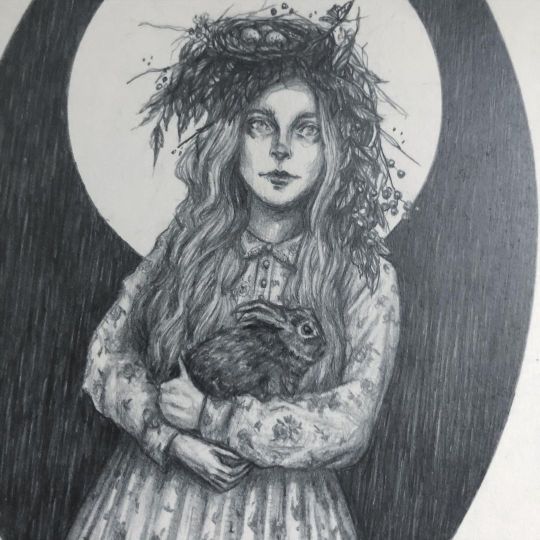
Ēostre 💐🪺🐇 Here’s a little close up of sweet Ēostre. I drew her in a floral flour sack dress, cradling a sweet bunny, and a literal birds nest in her hair. A perfect spring goddess to call upon this Ostara for new beginnings, abundance, and fertility! 💐✨ #caitlinmccarthyart #eostre #ostara #ostarablessings #springmagick #witchcraft #witchtips #pagan #paganwitch #pagansofinstagram https://www.instagram.com/p/CpwLJynLk9S/?igshid=NGJjMDIxMWI=
#caitlinmccarthyart#eostre#ostara#ostarablessings#springmagick#witchcraft#witchtips#pagan#paganwitch#pagansofinstagram
4 notes
·
View notes
Text

Ēostre - Taurus in Spring
The word ‘Easter’ itself is derived from the Old English word ‘Ēastre’ or ‘Ēostre’. In turn, this is believed to be derived from the name of the pagan goddess Eostre also called Ostara or Eastre, a Germanic goddess associated with spring, fertility and dawn.
This is my rendition of ‘Taurus in Spring’ in the form of an ornate Easter Egg.
The egg symbolises new life & new beginnings. A fresh start to everything that I am and will be.
Ēostre - Taurus in Spring - adorned & ornate.
-AJ
Nyctophiliac Muse
#mine#my creation#AJ#Nyctophiliac Muse#my art#Easter#Easter egg#Easter eve#Taurus#Taurus in spring#Black Easter Egg#dark aesthetic#black and white#art#photography
0 notes
Text

The Goddess Ēostre
Watercolor pens
Work in progress.
First project with these pens.
#mautdesigns #easter #EasterSunday #eostre #ostara #bunny #eggs #eastereggs #flowers #flowerstagram #watercolorpens #goddess
0 notes
Text
What is the celebration of Ostara? 💐🐇🌱🥚
Ostara celebrates the spring equinox. The word Ostara comes from the Anglo-Saxon goddess name, Eostre. Eostre represented spring and new beginnings. The celebration of spring is present in many ancient customs, across all cultures, and it seems that Wicca has borrowed from many of them for Ostara.
Is Easter a Catholic or pagan festival?
It is actually Pagan originally.
Despite its significance as a Christian holy day, many of the traditions and symbols that play a key role in Easter observances actually have roots in pagan celebrations—particularly the pagan goddess Eostre—and in the Jewish holiday of Passover.
Many people don't realize how many of the holidays have been around for many many years... you can change them to fit your lifestyle.... but you can't change the origins.

0 notes
Text
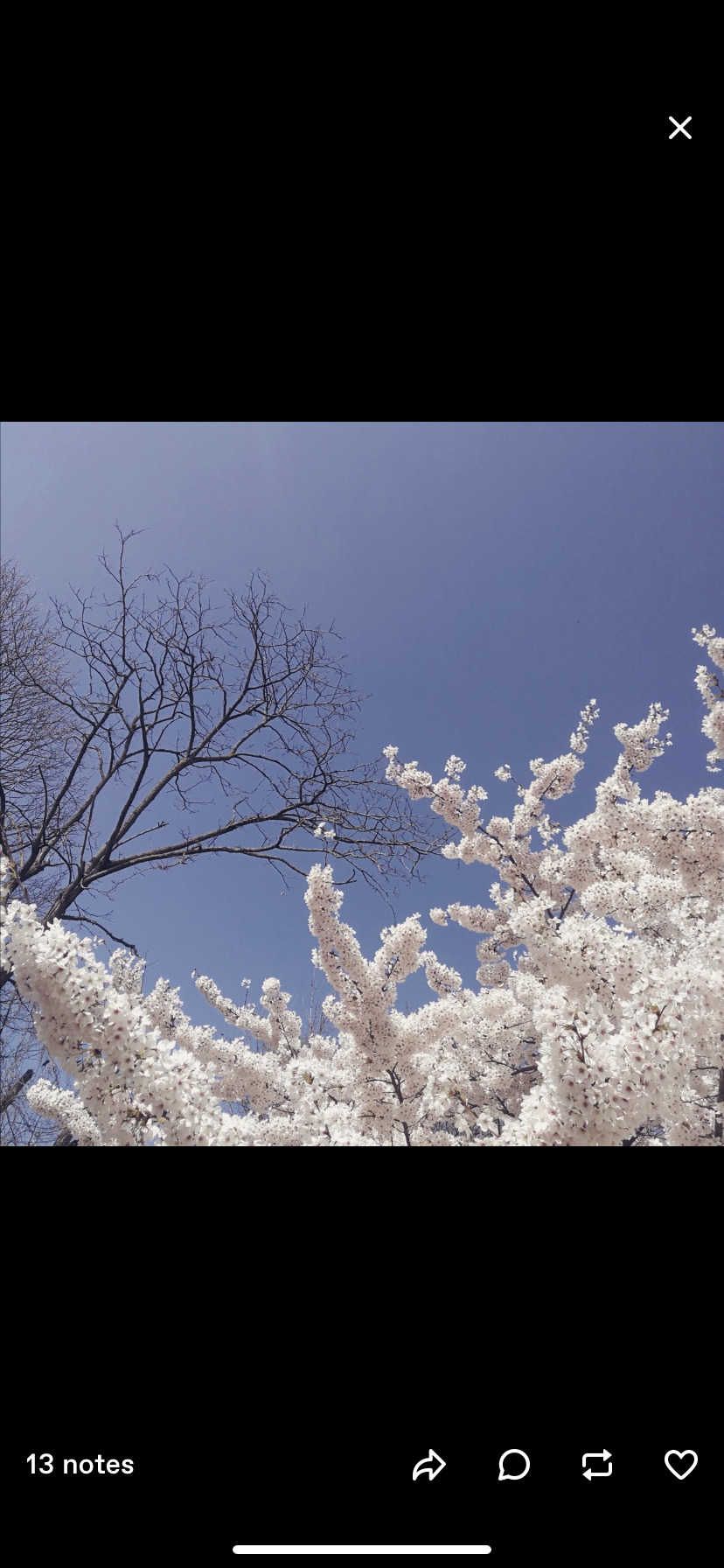
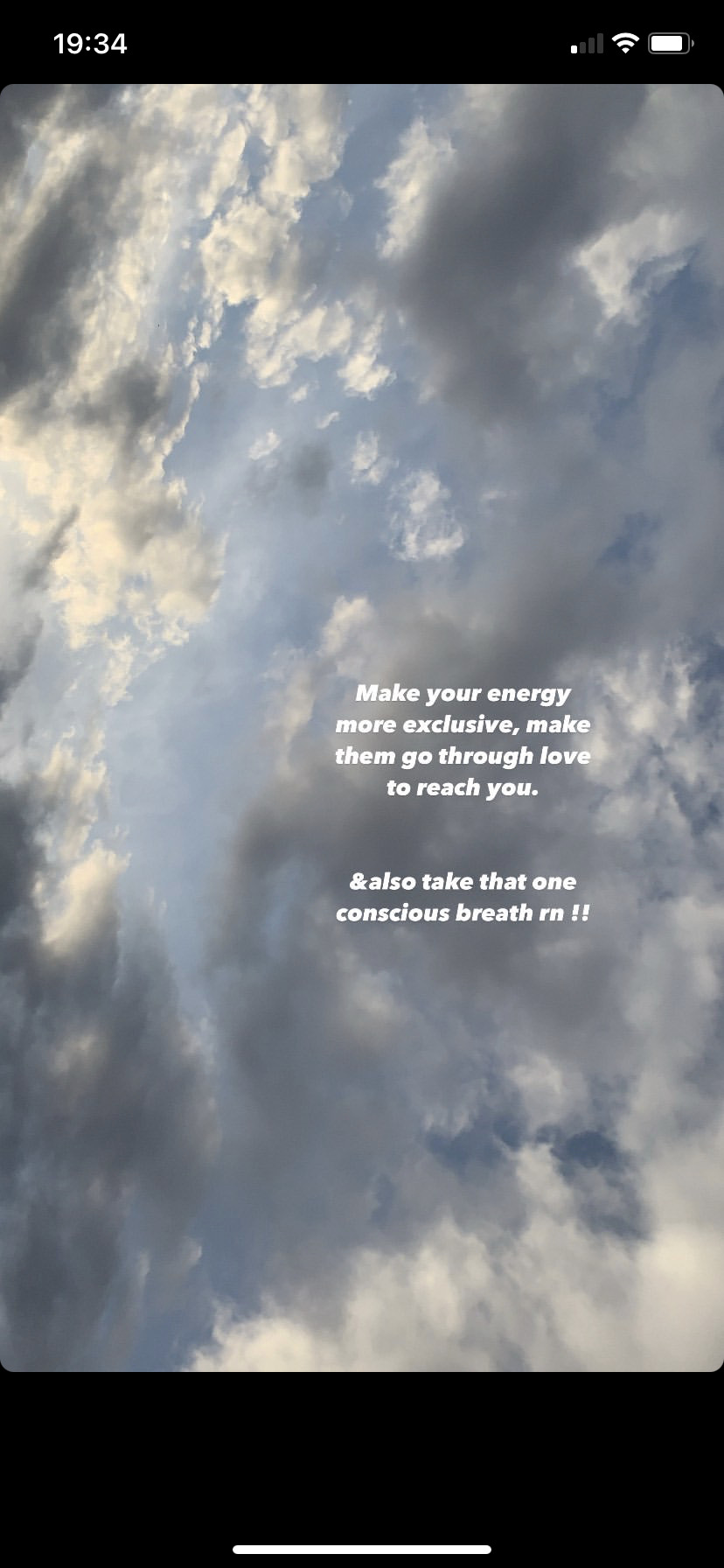
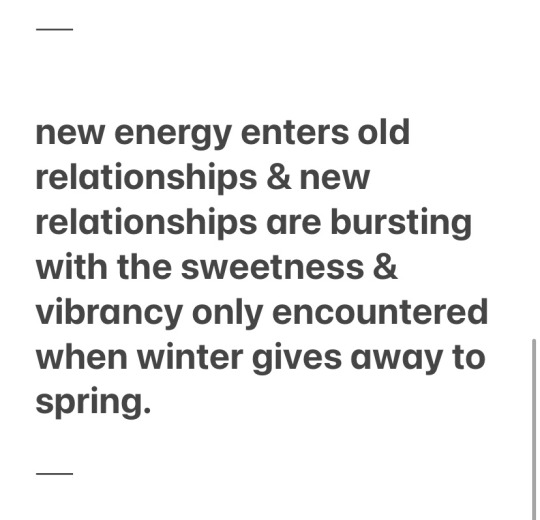
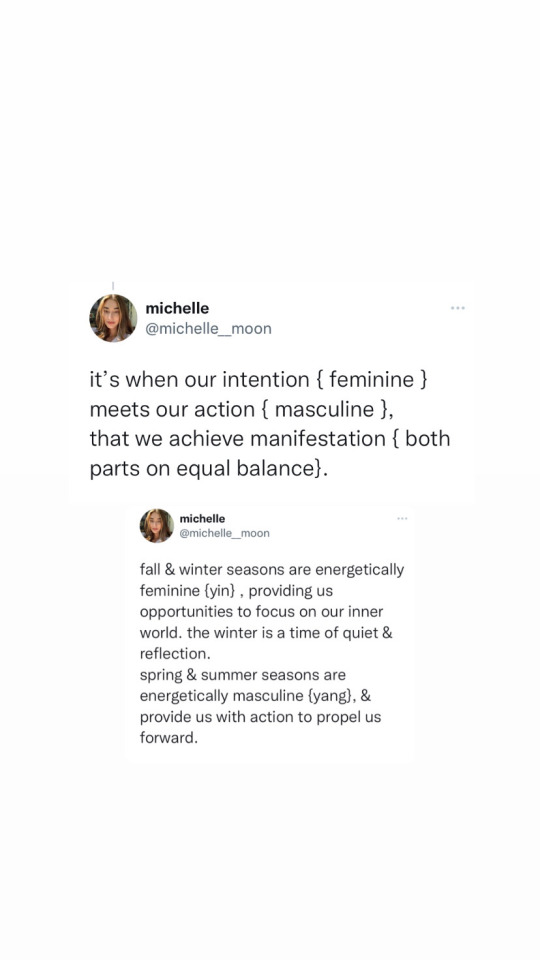

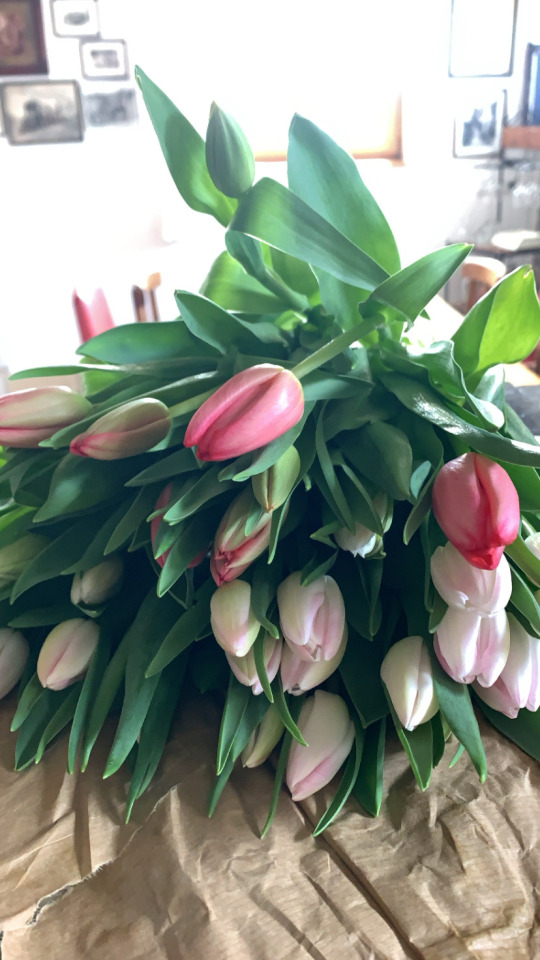


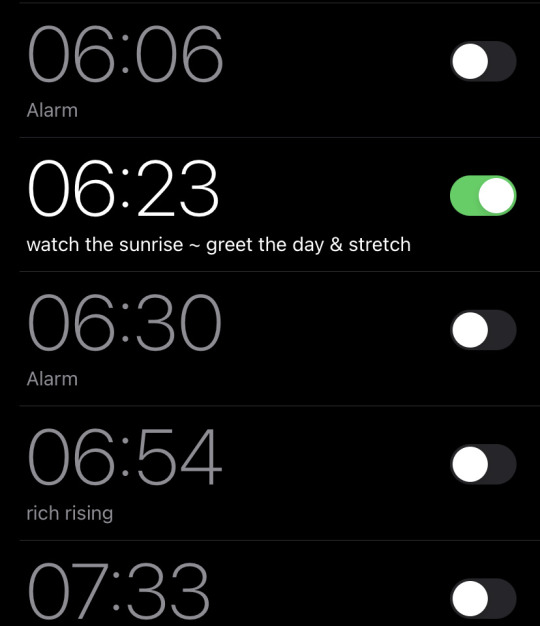
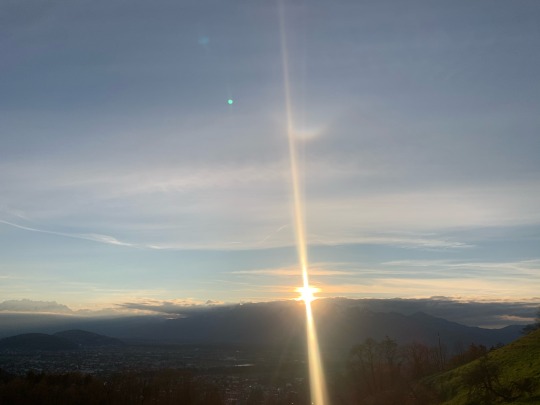
Happy Spring Equinox
& Nu Year astrological year
it’s ost{a}ra
{ when the sun enters aries is what officially marks the begin of spring }
•
the Spring Equinox is celebrated as a festival of awakening, and rebirth.
It is the time to bid bye to the dark months and move into the warmth of the light.
Step away from the shadow and into the lovely light.
•
the word ‘Equinox’ is derived from the latin word ‘aequinoctium’. Aequi means ‘equal’ and Noct refers to ‘night’, this gives the literal translation of equal night.
An Equinox is simply a time where night and day are of equal lenth, this happens because of the tilt of the Earth’s axis and how it’s orbit around the sun lands it in a perfect position for the sun to shine exactly above the equator.
•
Ostara is simply what witches call the Spring Equinox. it marks the official first day of spring and represents a time of renewal, balance and rebirth. the name Ostara comes from the germanic lunar Goddess, also known as Ēostre, an embodiment of the great Goddess who gave birth to the Sun God at the Winter Solstice. Ostara is a time of balance and equilibrium.
•
today we choose the timeline we want to be on. we choose the story & the story wants us just as much as we want it.
do you want to be on the timeline of the person you love?
do you want to be on the timeline of success?
do you want to be on the timeline of health?
what if all those timelines were one?
guess what... they are one... you just have to choose that they are.
•
what you seek is seeking you.
what you love, loves you.
we are deeply connected.
•
now the light will start to turn on once again. Spring & Aries SZN is here and with that new energy is breathing through our life’s.
.. life is starting to sprout. 🌱🧡🌷🤍
1 note
·
View note